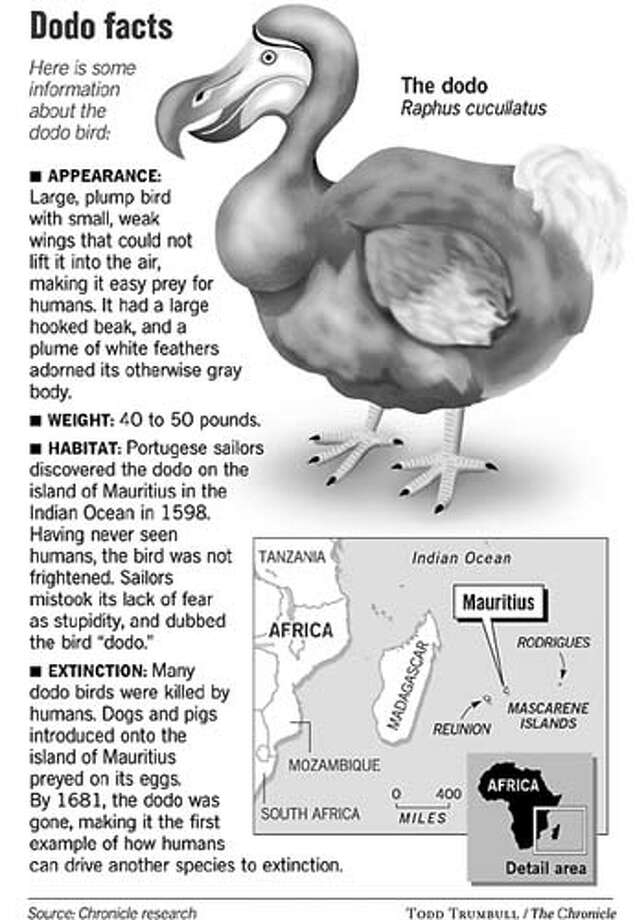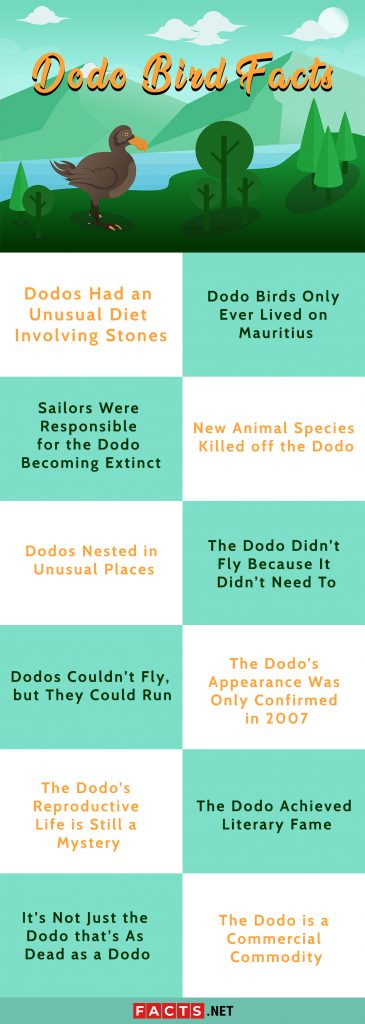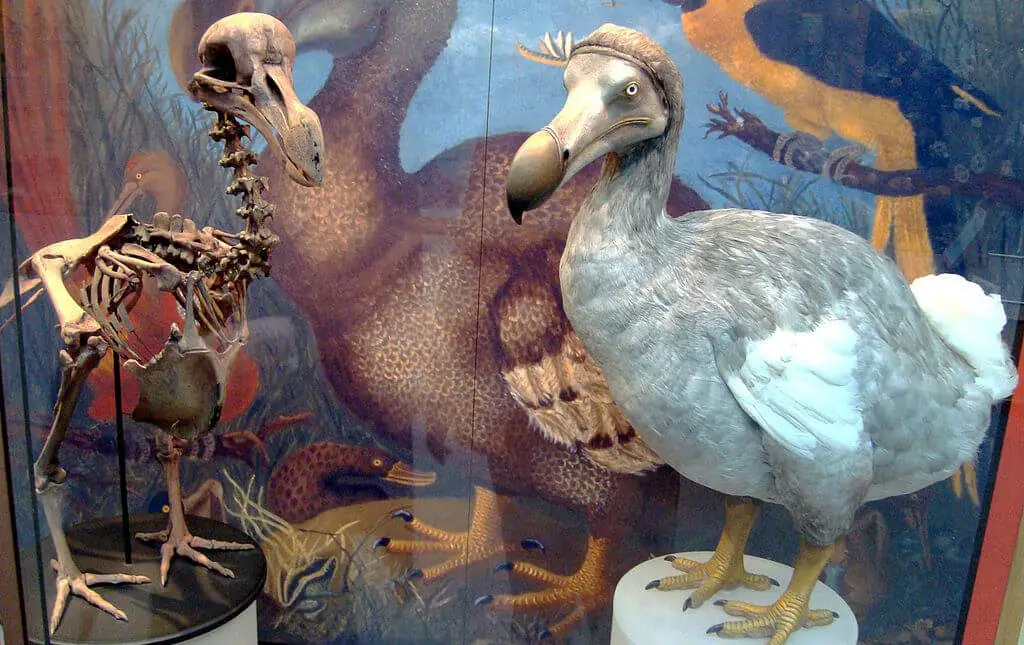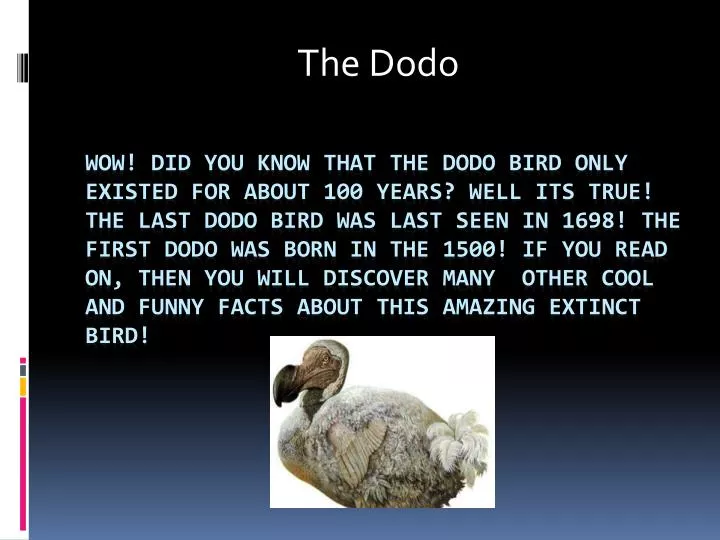
Introduction
The Dodo bird was a flightless bird that was native to the island of Mauritius, which is located in the Indian Ocean. The bird was first recorded by Dutch sailors in the late 16th century. The last sighting of the bird was in the mid-17th century, and it was declared extinct by the late 17th century. The extinction of the Dodo bird has been attributed to various factors, including hunting and habitat destruction.
Physical Characteristics
The Dodo bird was a large, flightless bird that stood about 3 feet tall and weighed up to 50 pounds. It had a large, curved beak and a distinctive, bulbous shape. The bird was also covered in soft, greyish-brown feathers.
Habitat and Diet

The Dodo bird was primarily found in the forests of Mauritius, where it fed on fruits, nuts, and seeds. The bird had no natural predators, which made it easy prey for humans and other animals introduced to the island.
Discovery by Humans

The Dodo bird was first discovered by Dutch sailors who were exploring the island of Mauritius in the late 16th century. The sailors were amazed by the bird's unique appearance and lack of fear towards humans. This lack of fear made the Dodo bird an easy target for hunting and capture.
Hunting and Captivity
As humans began to settle on the island of Mauritius, the Dodo bird became a popular target for hunting. The bird was easy to catch and provided a source of food for the settlers. The Dodo bird was also captured and taken to other countries as a curiosity. This captivity and transportation of the bird are believed to have contributed to its extinction.
Decline in Population

The Dodo bird's population began to decline rapidly in the 17th century due to hunting and habitat destruction. The bird's large size and lack of natural predators made it an easy target for humans and other introduced animals, such as pigs and rats, which destroyed the bird's eggs and young.
Last Sighting

The last sighting of the Dodo bird was in the mid-17th century. The exact date of the bird's extinction is unknown, but it is believed to have occurred in the late 17th century. The extinction of the Dodo bird is considered a symbol of human impact on the environment.
Impact on Environment

The extinction of the Dodo bird is considered a symbol of human impact on the environment. The bird's decline in population and eventual extinction were caused by human activities, such as hunting and habitat destruction. The loss of the Dodo bird has also had a significant impact on the ecosystem of Mauritius.
Legacy of the Dodo Bird

The Dodo bird has become a symbol of human impact on the environment and the need for conservation efforts. The bird has also become a popular cultural icon, appearing in literature, films, and other forms of media. The Dodo bird's legacy serves as a reminder of the importance of preserving biodiversity and protecting endangered species.
Conservation Efforts

Although the Dodo bird is extinct, conservation efforts are being made to protect other endangered species. These efforts include habitat restoration, captive breeding programs, and regulations on hunting and trade of endangered species.
Conclusion
The extinction of the Dodo bird is a tragic reminder of the impact that human activities can have on the environment. Although the bird is gone, its legacy lives on as a symbol of the need for conservation efforts and the importance of protecting endangered species.